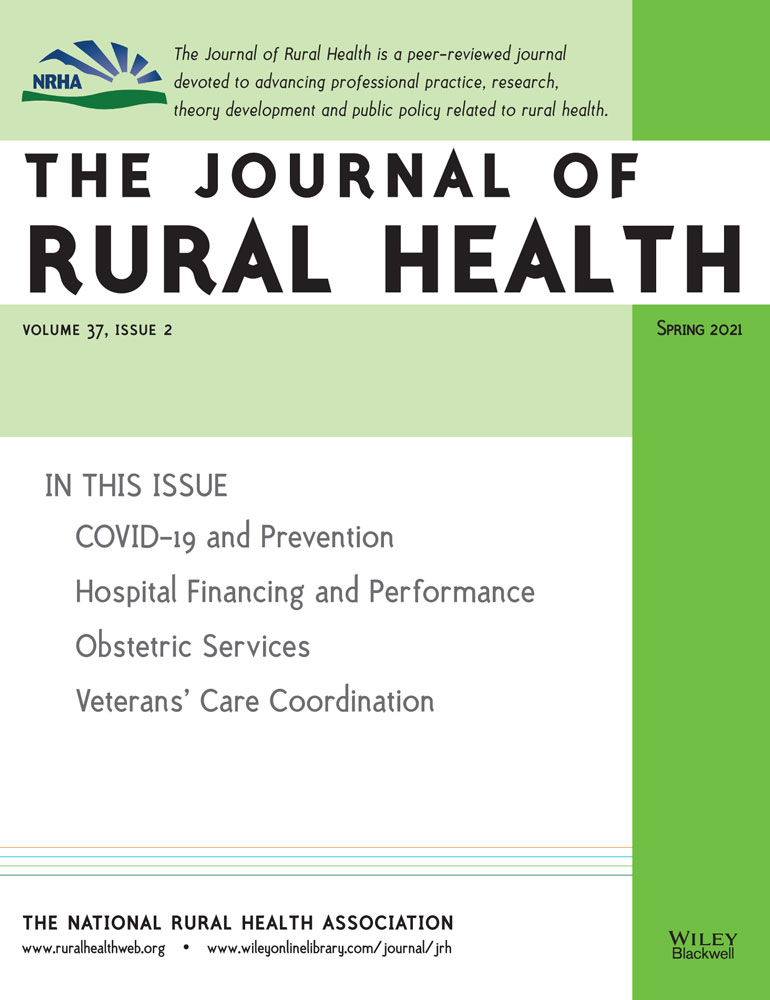Local Capacity for Emergency Births in Rural Hospitals Without Obstetrics Services
Abstract
Background
Rural hospitals are closing obstetric units, and limited information is available about local emergency obstetric preparedness and capacity in rural communities where hospitals do not routinely provide this care.
Objective
To describe emergency obstetric capacity at rural US hospitals that do not routinely offer childbirth services.
Methods
Data from the 2018 American Hospital Association Annual Survey were used to identify a random sample of rural hospitals that did not offer obstetric services. A survey was developed based on World Health Organization criteria for obstetric emergencies. With data collected from 69 rural hospital emergency departments (48% response rate), we analyzed local capacity to support childbirth.
Results
Most responding hospitals (65%) were located 30 or more miles away from a hospital with obstetric services. Some reported having emergency room births in the past year (28%), an unanticipated adverse birth outcome (32%), and/or a delay in urgent transport for a pregnant patient (22%). More than 90% of responding hospitals had capacity for blood transfusion, intravenous antibiotics or anticonvulsants, and basic neonatal resuscitation. However, less than one-fifth had capacity to perform surgery (16%), remove retained products of delivery (17%), or had a policy for emergency cesarean (18%). Almost all respondents (80%) reported the need for additional training or resources to handle emergency obstetric situations.
Conclusion
Many rural hospitals do not have basic capacity to provide emergency obstetric services. Programs and policies to improve this may focus on surgical care, clinician and staff training, transportation, and coordination with nearby hospitals that provide obstetric services.




